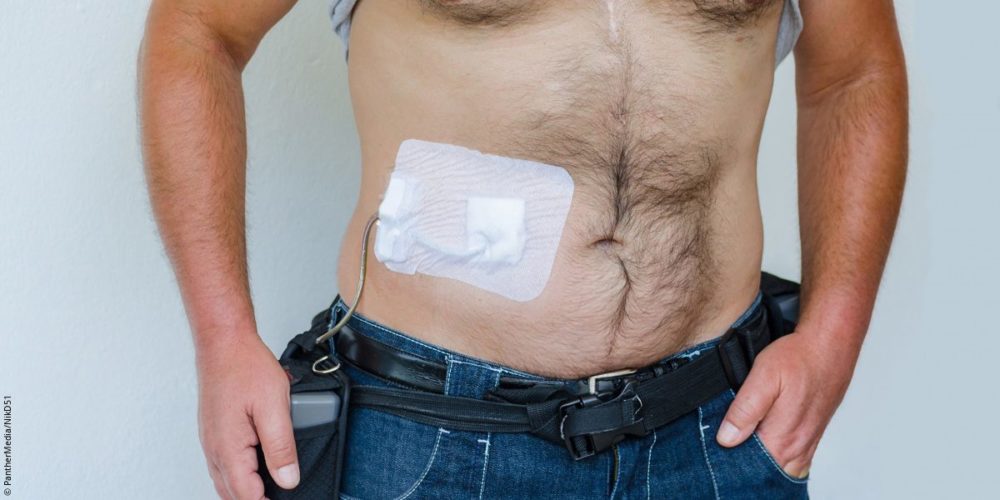Όσοι έχουν ανάγκη μεταμόσχευσης οργάνων χρειάζονται αρκετή υπομονή και, κυρίως τύχη. Οι επιστήμονες στρέφονται στην τεχνολογία.
Patients waiting for a donor organ must have a lot of patience and a bit of luck. Aging and a rise in chronic disease prevalence means the need for donor organs is much greater than the number that is available. To help those who need organ transplants, scientists must create new technologies.
Organ donation primarily means being in the right place at the right time: Harvested organs from brain dead patients only remain viable for transplant for a limited time. Without the body’s supply of oxygen and nutrients, their cells die quickly. Unfortunately, matching donors and recipients are not always physically close together, which means longer transportation times during which the organ might also get damaged.
The recipient’s immune system also plays a crucial role: there must be donor-recipient compatibility, otherwise the recipient’s immune system identifies the donor organ as “foreign” and attacks the donated graft, thus destroying it. Patients must meet this requirement before a transplant can take place.
Age is also a factor – both from an individual and a societal perspective. Since chronic conditions disproportionally affect older adults, it is becoming more and more likely that the latter will need an organ transplant at some point during their lifetime. At the same time, we see a decreased willingness for donation, forcing transplant centers to increasingly consider organs from older donors who are less suitable for transplantation.
Increasing availability of organs for transplantation or replacing their function

Dialysis is the oldest example for technology that replaces organ function.
Medical science is working hard to increase the number of organs available for transplant. The Charité Universitätsmedizin Berlin studies machine perfusion, which prepares organs after removal for transplant. Before the procedure, the organs are perfused with warmed, oxygenated donor blood or oxygenated cold substitute solutions.
The process is designed to improve the organ’s cellular function and thus increase the likelihood that it remains viable and resumes its function after the transplant successfully. The Charité is currently conducting two studies of this process pertaining to kidney and liver transplantation.
Despite today’s options of organ procurement, many patients are still forced to wait a long time for a donor organ. They need technical solutions that bridge the time gap by partially or completely replacing or augmenting the respective organ function. The classic example of this is dialysis, a treatment that replicates the kidney’s function via an external machine, removing toxins and substances from the blood that the healthy kidney would normally excrete. Patients must undergo this process every few days, which means they must stay near their dialysis center.
You have a similar situation when it comes to modern cardiac support systems that assist a weakened heart: Depending on disease severity, this either involves an implantable pump or a system that helps maintain blood circulation from outside the body. Patients must always wear a driveline and control unit. System failure can be life-threatening in this case.
With all partially or fully implanted systems, activation of the coagulation system can occur on these surfaces, leading to complications from blood clots or cell deposits, which interfere with function. The priority program “Towards an Implantable Lung” under the direction of the University Hospital RWTH Aachen in Germany tries to prevent this type of effect – with an innovative medical device: “We are working towards the creation of an implantable artificial lung, resembling modern artificial heart implants,” says Prof. Rolf Rossaint in a MEDICA-tradefair interview. The project strives for excellent biocompatibility.
The system is designed for patients with COPD who would die of respiratory failure without a transplant or would suffer extensively from shortness of breath in the final stage of this chronic obstructive pulmonary disease. Even though patients can be nursed via respiratory support to provide relief, there is still no sustainable treatment option for acute respiratory failure at present.
One way to help patients with acute respiratory failure is extracorporeal membrane oxygenation (ECMO). The treatment uses an external pump to circulate blood through an artificial lung back into the bloodstream. Since the blood encounters very large artificial surface areas along the way, there is not only damage to blood cells, but there is also an increased risk of blood clots forming in the ECMO circuit. The latter is also associated with a higher risk of thrombosis.
That is one reason the use of ECMO is only a short-term solution and not designed for long-term support and replacement of the functions of a patient’s lungs. ECMO systems are large, inpatient devices that are presently primarily used to treat COVID-19 patients in the intensive care unit. In this setting, the ECMO system takes over the full respiratory gas exchange.
This is where “Towards an Implantable Lung” comes in, as it looks to miniaturize the technology: “You might consider smaller devices if you are only looking to take over portions of the gas exchange. These types might even be implantable,” explains Rossaint. He estimates it will take another ten to twelve years before we will have an implantable device that can support the lungs on a sustained basis.
Organ donor shortage makes technology indispensable
Many cardiac support systems are driven by a unit outside the body. The connection to the pump leads through the skin.
Organs are highly complex structures, making it difficult to truly replicate the myriad of functions efficiently with technology. Even if we will create more and better technical solutions for organ replacement and augmentation in the future, we must continue to focus on donor organ preservation and preparation. Implants or machines outside the body drastically limit the patient’s quality of life and should therefore always remain a temporary solution to buy time. Unfortunately, the rising demand for donor organs is in stark contrast to the lack of available organs, making it impossible for us to forgo technical support systems for now.



